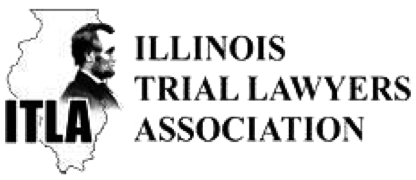Many are talking about Saturday's tragedy at the Indiana State Fair. Minutes before the country sensation, Sugarland, began their set, a forceful 70 mph gust of wind blustered through, knocking the giant stage down and trapping fans underneath.
Rain had been in the forecast, along with thunderstorms, and Fair officials warned the possibility of an evacuation. However, the same officials expressed hopes of the show's continuation. But it was all too late, when two minutes later the dark storm clouds and winds came through, knocking down the stand.
At this time, the death toll is 5, and roughly 40 others have reportedly been injured.
While Governor of Indiana, Mitch Daniels, calls the event a “fluke,” many are questioning whether or not the wind could have been predicted and whether or not necessary precautions could have taken place to ensure the safety of the State Fair-goers.
Hoosiers are no strangers to precarious weather – an ABC news article reports that this section of Indiana is sometimes known as “tornado alley.” Similar speed and strength winds struck the area in April 2006 at an outdoor John Mellencamp concert. Winds also struck in May of 2004, when a tornado touched down south of the Indianapolis Speedway, interrupting the Indianapolis 500 racing.
As a Chicago injury lawyer, I am suspicious of the high winds being a “fluke” event. In a “tornado alley,” I believe that there should be better evacuation plans and precautions implemented to ensure the safety of its residents. Considering a tumultuous past weather history, it is not out of question to expect and demand this type of precaution. It is up to concert organizers, weather officials and law enforcement to ensure this.






